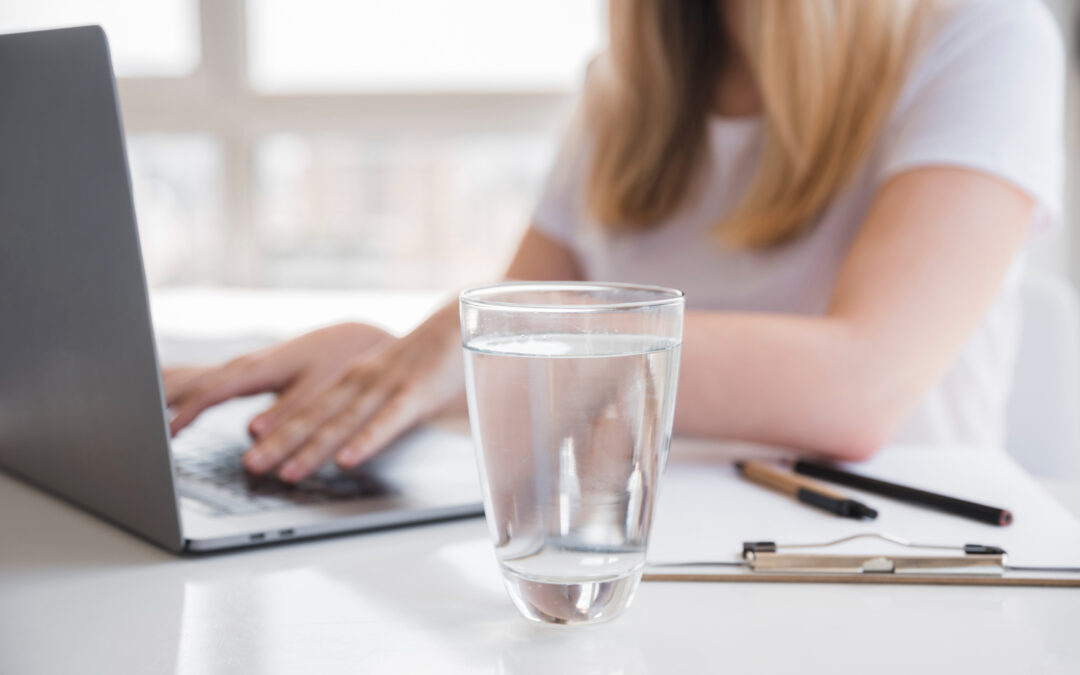Whether you’re a new homeowner ensuring your water is safe or a residential builder verifying water quality for a new project, testing for PFAS (per- and polyfluoroalkyl substances) is an essential step.
Water testing isn’t just about filling a container and sending it off—it requires proper techniques to ensure accurate results. This guide will walk you through how to correctly collect water samples for PFAS testing.
Why Test for PFAS?
PFAS are synthetic chemicals found in various household products and industrial applications. These substances are known as “forever chemicals” because they persist in the environment and human body for extended periods. Here’s why testing for PFAS is crucial:
- Drinking Water Safety: PFAS contamination has been linked to health issues, including hormonal disruption and increased cancer risk.
- Regulatory Compliance: Some states and municipalities are implementing PFAS limits in drinking water.
- Peace of Mind: Whether moving into a new home or developing residential properties, confirming PFAS levels ensures water safety.
Tools You’ll Need Testing for PFAS requires specialized tools to prevent contamination. Here’s what you’ll need:
- PFAS-Free Sample Bottles: Use laboratory-provided containers to avoid false readings.
- Nitrile Gloves: Avoid latex or rubber gloves, as they may contain PFAS.
- Field Notebook: Record sampling time, location, and any observations.
- Cooler with Ice Packs: Keeps samples at the required temperature for transport.
- PFAS-Free Sampling Equipment: Avoid Teflon-coated materials, as they can interfere with results.
Step-by-Step Guide to Collecting Water Samples for PFAS Testing with Home Water Testing Kits
Step 1: Choose Your Sampling Location
- If testing tap water, use a non-aerated faucet to minimize contamination.
- If testing well water, collect from a primary source rather than a secondary fixture.
- Ensure hands and tools are PFAS-free by washing thoroughly with uncontaminated water before sampling.
Step 2: Prepare Your Containers
- Only use bottles provided by the testing lab.
- Label each bottle with the date, time, and sampling location.
- Do not rinse the bottles before collecting the sample, as they are pre-treated for accurate PFAS detection.
Step 3: Collect the Sample
- For Tap Water:
- Let the water run for 2-3 minutes to flush out any stagnant water.
- Fill the container directly without touching the inside of the lid or bottle.
- For Well Water:
- Use a dedicated pump and follow lab-specific instructions for proper sample collection.
- For Surface Water (Lakes, Ponds):
- Collect samples from mid-depth, avoiding surface debris.
- Use a PFAS-free sampling pole if necessary.
Step 4: Store and Transport Samples
- Place the samples in a cooler with ice packs to maintain the recommended temperature (usually 4°C).
- Transport samples to the lab immediately, as PFAS stability can be affected by prolonged storage.
Tips for Accurate Sampling with Home Water Testing Kits
- Avoid Cross-Contamination: Never reuse gloves or containers.
- Use PFAS-Free Materials: Avoid Teflon-coated equipment or waterproof notebooks.
- Follow Lab Instructions: Each lab may have specific requirements for sample collection.
Common Mistakes and How to Avoid Them
- Using the Wrong Containers: Always use lab-provided PFAS-free bottles.
- Touching the Inside of the Bottle: This can introduce contaminants.
- Delaying Testing: Ensure timely transport to maintain sample integrity.
- Sampling from Inconsistent Sources: Ensure the sample represents your primary water source.
Wrapping It Up
Testing for PFAS is a critical step for new homeowners and residential builders looking to ensure safe drinking water. By following proper collection techniques and using the right materials, such as home water testing kits, can obtain reliable results that protect your health and property.
For an easy way to choose the right home water testing kit, visit TestPFAST.com.

